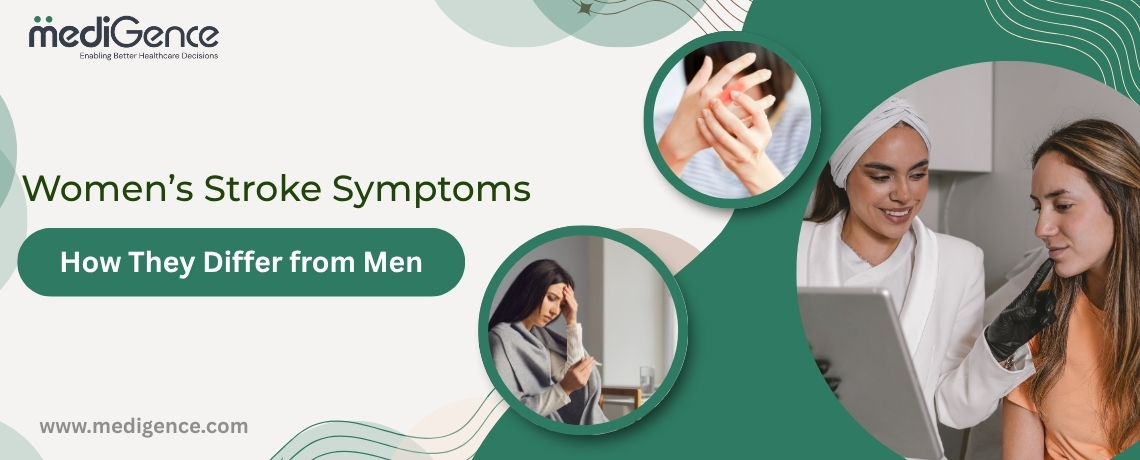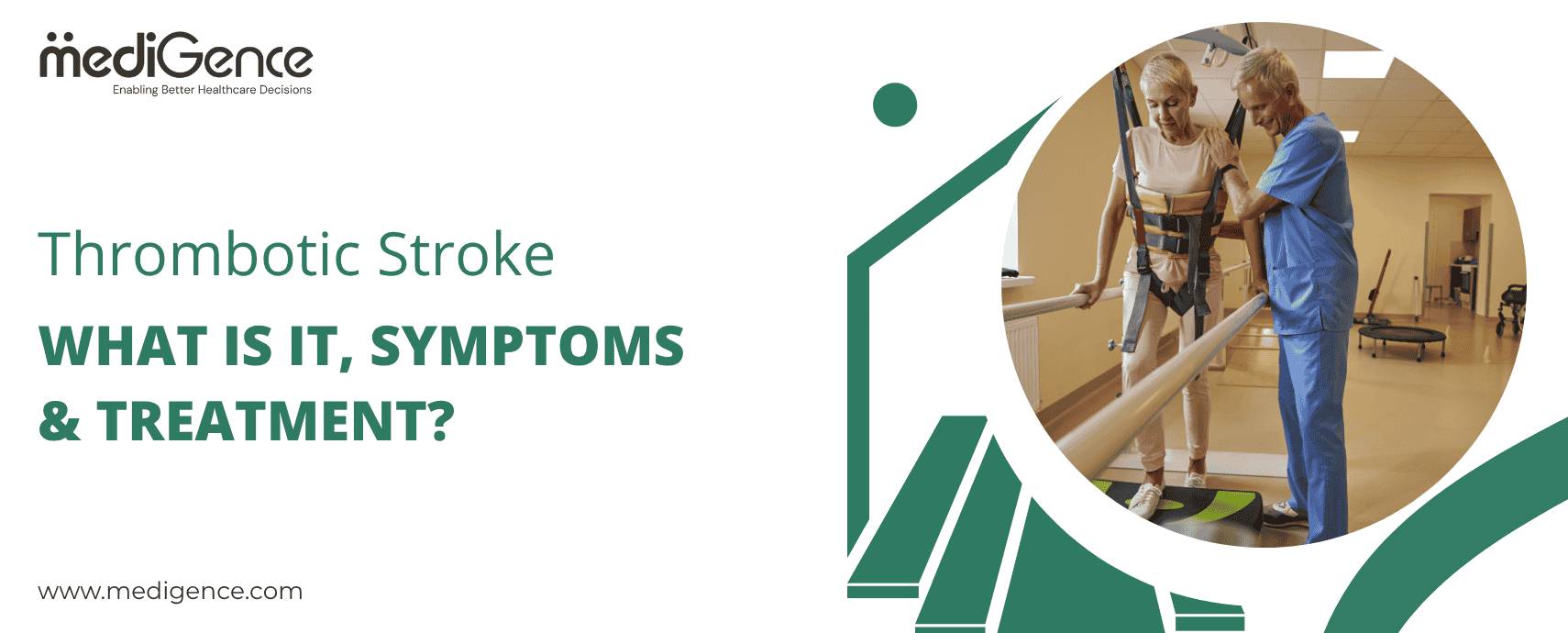Globally, stroke continued to be the second most frequent cause of death and the third most frequent cause of disability. Stroke is a particular concern for women, who represent more than half of all individuals who have had a stroke. Women have an increased lifetime risk of stroke and worse stroke outcomes compared with men. In females, the pattern of some of the risk factors and stroke risk with these risk factors varies from that of males. Women also possess risk factors that are not present in men.
Stroke in Women Population: Stroke is a major killer of women. In the US, 1 out of every 5 women aged 55 to 75 will experience a stroke.
Stroke incidence is greater among Black women than White women, and so is the age-adjusted stroke death rate.
It has long been taken for granted that the incidence of stroke is significantly lower among women compared to men until later in life, after menopause ,among older women.
Stroke: Men Vs Women
Sex differences have been recognised at the time of stroke onset, with women being older than men at the initial stroke, with one study reporting that the mean age of first stroke in women is 75 years, whereas in men it is 71 years.
In the United States, someone has a stroke every four minutes. Most of these strokes are ischemic, which means blood flow to the brain is blocked, causing brain damage. Age is the biggest risk factor for stroke. Men are more likely to have strokes in childhood and teenage years, but in young adults, women have strokes more often than men. This might be due to the effects of birth control pills. After age thirty, men have more strokes incidences. After menopause, women experience a sudden drop of hormone production, specifically estrogen and progesterone, that is why they become more prone to strokes after menopause.

Get Free Online Consultation with Expert
A majority of the sex differences are regulated by specific hormones. In women, these include estrogens and progesterone, while in men, the respective hormones are androgens like testosterone. Sex hormones can be linked with an increased frequency of ischemic stroke or events related to stroke. In observational studies, infirmity, vascular disease, and unfavourable cardiovascular risk factors are linked with lower testosterone levels. Female sexual hormones are currently regarded as neuroprotective drugs.
What are the reasons for stroke in women?
Strokes may be ischemic (through blockage of vessels) or hemorrhagic (through abnormal bleeding). The most common type of stroke is ischaemic, where a blood clot stops blood from flowing to your brain. A hemorrhagic stroke results from a ruptured or leaking blood vessel in the brain.
According to research, women are likely to experience an ischemic stroke before they turn 30 and once again after the age of 85. Men are likely to experience a hemorrhagic stroke, while women are likely to experience subarachnoid haemorrhage, a specific type of stroke.
Why do women have a higher risk of stroke than men?
A headache, difficulty walking, slurred speech, difficulty comprehending speech, and weakness or numbness in the leg, face, or arm are some of the signs of a stroke. Though the stroke signs are the same in women and men, women have higher risks because of reasons such as pregnancy, pregnancy-induced high blood pressure, birth control pills, hormone replacement therapy, migraines with aura, and women’s irregular heartbeats after the age of 75.
These are the reasons that increase the likelihood of women getting a stroke:
- Pregnancy: Pregnant women are relatively at higher risk of stroke, with the highest risk in the third trimester and the postpartum period. Individuals with high blood pressure should get medication treatment and careful monitoring.
- Preeclampsia: Preeclampsia is a pregnancy disorder that leads to high blood pressure, proteinuria, which is a sign of kidney injury, or other signs of organ injury. It also increases the risk of a stroke in later life.
- Birth Control Pills: Although birth control pills have become much safer over the years, women already at high risk for stroke should continue to be more careful. In anticipation of writing your prescription, it is recommended that your blood pressure be monitored.
- Hormone Replacement Therapy: In postmenopausal women, hormone replacement therapy must never be utilized to reduce the risk of stroke. Individuals on hormone replacement therapy must take extreme precautions against smoking, particularly if they are female migraine patients who are at the highest risk of suffering a stroke.
- Migraine with Aura: Women who are younger and have migraine with aura are at higher risk of an ischemic stroke, particularly if they are smokers or oral contraceptive users. Smokers with migraines accompanied by an aura should immediately discontinue the practice.
- Atrial fibrillation: Atrial fibrillation (missing heartbeat) increases the risk of stroke in women aged over 75 years by 20%.
Tips on How to Prevent Stroke in Women
Stroke claims twice as many women as breast cancer every year. It is because of this that you need to be always careful about your health. The following are some tips recommended by experts to assist you in preventing subsequent strokes:
- Maintaining a balanced diet
- Having a healthy body weight
- Regular exercise
- Quit smoking
- Keeping your blood pressure, in check during and after pregnancy
- Get screened for AFib if you’re over 75 years old
- Get screened for high blood pressure before starting birth control
What to Do After Getting a Stroke:
When you get a stroke without wasting time go to the hospital for immediate treatment, do not delay the medical facility. Delaying treatment increases the risk of brain damage. Immediate treatment stabilizes the vitals and minimizes the damage. For long-term management and to restore the movement, you need a physiotherapist for rehabilitation and to get back to normal after the stroke. MediGence is the best platform that provides world-class stroke rehabilitation for stroke survivors. We provide skilled and experienced rehabilitation experts for both males and females; they also assist with recording the recovery time period as needed. So if you are suffering with functional limitation, then contact us for better recovery.










